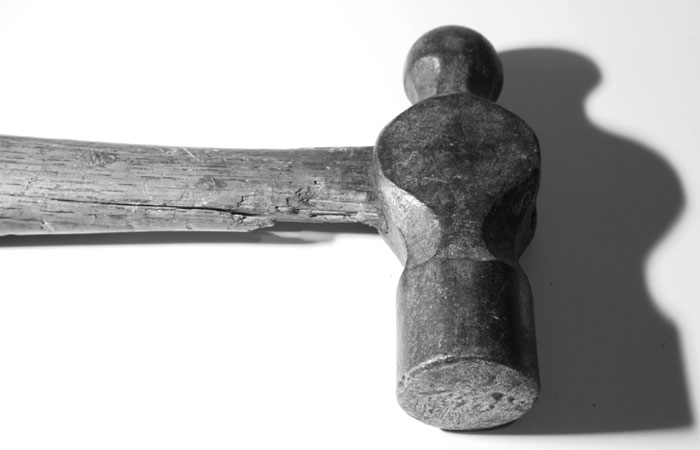
D.I.Y Broadcast PR: How To Secure Your Own Coverage on National Broadcast Programmes
Securing a spot on a national TV or Radio is the ultimate in media placement, but successfully pitching to get a client onto one of those coveted spots is competitive and challenging. Below is my list of top five tips to securing top tier coverage:
GIVE THEM THE HEADLINE
When pitching to broadcast it is imperative you present them with a fully formed segment idea; if your pitch is in some way helping do the planner’s job better and faster they will of course be more likely to give it more than just a passing glance. Don’t just pitch your product or service, what is the bigger picture and more importantly what makes it newsworthy? Are there any similar trends that are happening now outside your clients actions and can these be linked to and made relevant? Give the planner or producer a rounded and thorough idea of what the story is and how this is relevant to their audience.
IT’S ALL ABOUT THE VISUALS
Particularly when speaking with national TV, video and images are essential to give your pitch a decent leg up. In the world of TV, offering an exciting visual element to your story can never be overlooked. A useful tactic is to think of who and what you would like to see on TV prior to pitching; are there any case studies the producer can film with in advance to get some extra footage in the bag? Do you know anywhere local that would be good for getting some interesting Vox Pops that you could suggest?
DOORSTEP LOCAL
This is a phrase we hear constantly “how is this doorstep local to our listeners?”. Always be sure to have covered this off, regional statistics and local spokespeople are a must-have starting point. Sometimes, if you don’t have a local voice, the broadcaster may be able to source their own via social media or existing contacts (although beware as this does take the control out of your hands slightly). If you don’t have local figures to hand think outside the box and do some desk research. Online local papers are great for this, you may be pitching a story on theft and find their local police force is launching a new initiative to tackle just this – get savvy to what is happening around the county and use this to your advantage.
DO YOUR HOMEWORK
Make sure you familiarise yourself with the different shows you are pitching to and the range of topics they cover, the last thing you want to be doing is spamming producers with calls and emails that would never be of relevance – BBC Radio 4’s Today Programme would not be interested in fluffy features stories. It is important you understand how to make a concise suggestion on where your idea fits. This is also the same for timings, if you know that your story is hard hitting and therefore more suitable for breakfast slots make sure that your guest is available from early in the morning. Publicists often want their spokespeople to appear on specific segments/shows only to then find out their spokesperson isn’t available on the right day or at the right time. Also if you are pitching a guest for a cooking slot make sure the show actually has one.
BROADCAST GOES FIRST
Pitches need to be relevant and current. Broadcasters love exclusives and the latest, hottest stories. If the story you are pitching has already been splashed across every red top in the country, radio and TV will see this as old news and will not be interested, unless you can offer a fresh angle or comment from a topical spokesperson. Make sure that any print or online coverage goes out the same day or day after any broadcast opportunities. It is equally important to make sure that your spokesperson has not been saturated in the media already. Many stations have a strict guest rotation policy and will not have the same guest on the show within a certain amount of time, even if the subject matter is completely different.
Charleigh Skinner, PR Consultant at ON
Published 26th March 2013
Picture Courtesy and Copyright of Stephen Nakatani
Comments are closed.